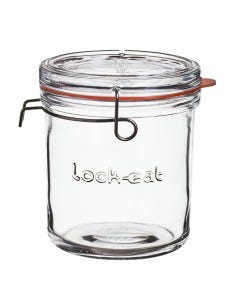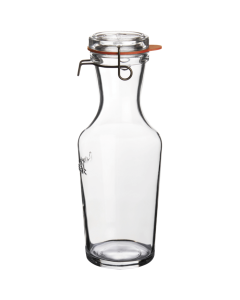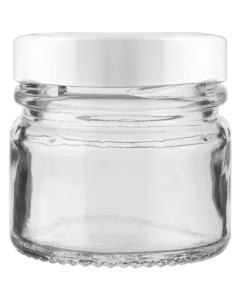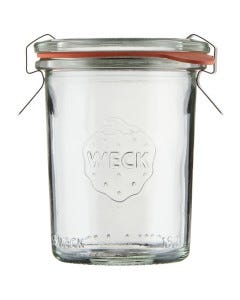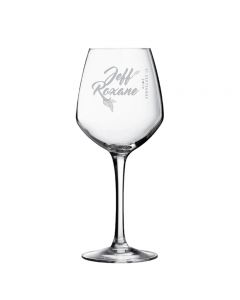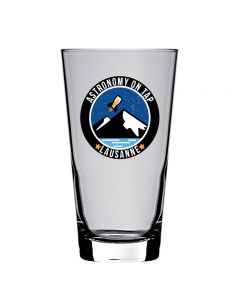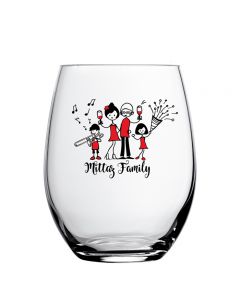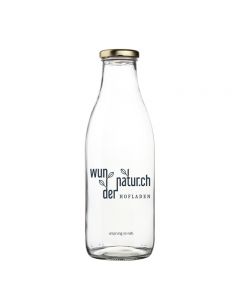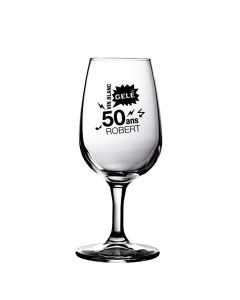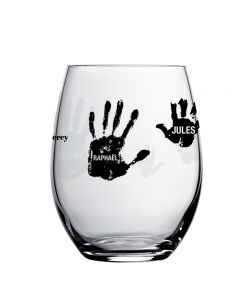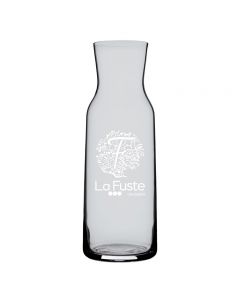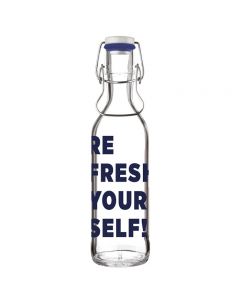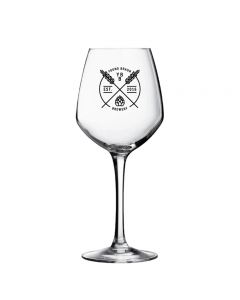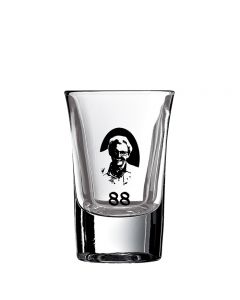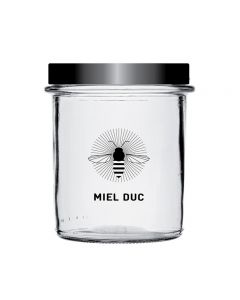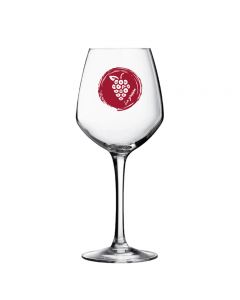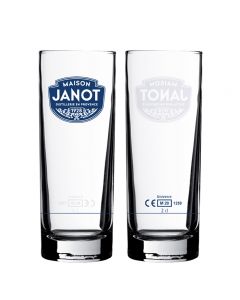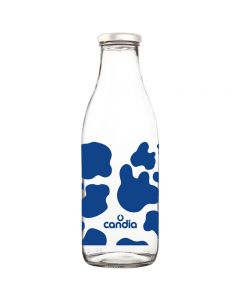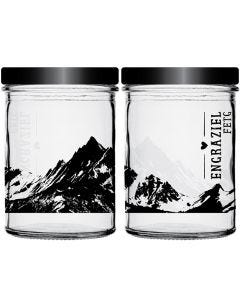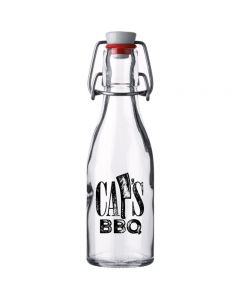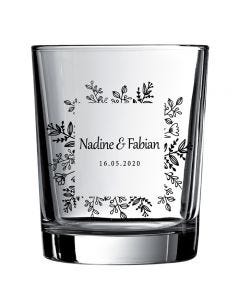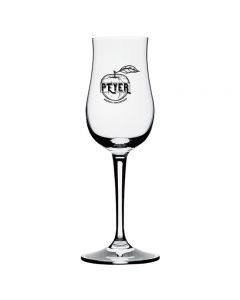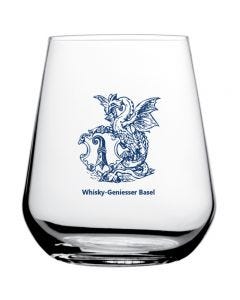In July and August, the fields and gardens are teeming with aromatic fruits and vegetables just waiting to be preserved in jars and bottles. Freshly preserved, they bring vitamins and sunny flavours to the table even in the coldest months.
In the freezer or simply stored in the cellar: vegetables and vital substances from your own garden provide you with the vitamins you need to fill up in the winter and keep the summer fun going. Glassmania presents you with the essential methods for optimal flavour preservation in your food containers, glass jars and canisters.


The best containers for preserving food
In many cases, food is frozen or canned in plastic bags or boxes. Glass offers an alternative without plastic and zero waste. Indeed, discovered in Mesopotamia more than 5000 years ago, glass is a sure value with many advantages:
- Glass is waterproof and preserves flavors.
- Glass is neutral to taste.
- Glass is durable and environmentally friendly.
- Glass is multi-purpose. Very practical, it can be placed in the fridge, freezer, dishwasher, microwave and oven.*
- The glass is washable and reusable endlessly.
- Glass is simply aesthetic and authentic.
*Please refer to the specifications of each product.
Choosing the right glass


Not all glass containers are the same. In terms of preservation, a distinction is made between seal jars with a mechanical closure and those with a screw lid (Twist Off).
Jars with mechanical closure
Lock-Eat Glass
Lock-Eat jars are a new generation of jars designed to preserve all kinds of food. The Lock-Eat jars are 100% plastic-free.
The lid is made of glass and the gasket is made of natural rubber. Thanks to the removable lid, the glasses can be put in the microwave. The jars are excellent for storing or freezing food.
Weck Glass
Weck jars were invented around 1900 by the German entrepreneur Johann Weck, who revolutionized food preservation. During preservation, the jars are closed with a rubber ring and temporarily closed with metal clips. Once the glass has cooled, the clips can be removed again, as the two parts of the glass hold together thanks to the vacuum that is created. Caution: Weck jars should only be used for boiling, otherwise they will not seal tightly!
Jars with a screw lid
The glass or Twist Off glass jars are completed with a removable lid. This very popular type of jar is particularly suitable for preserving jams, as it can be easily resealed after the first opening.
3 methods to know


Preservation treatments preserve the edibility, taste and nutritional properties of each food by preventing the development of the bacteria, fungi and microorganisms they contain. Food preservation methods are based on cold or heat. There are also other techniques such as vacuum-packing, drying, salting or smoking.
Extending the shelf life of food is great! It allows you to:
- enjoy summer vegetables in winter;
- limit food waste by preserving leftovers from the meal;
- save time by preparing these meals in advance.
1. Freezing in glass


It is the easiest and most convenient method of preservation.
What is freezing in a glass?
Freezing inhibits germs, bacteria and yeast which extends the shelf life of food. As soon as defrosting is initiated, they resume their activity. Nutritional properties are hardly degraded if the food is frozen quickly, if it is not stored for too long, if the temperature does not exceed -18°C and if it is thawed properly.
What foods can be frozen?
Almost all solid and liquid foods can be frozen: washed and drained fruit and vegetables, aromatic herbs, meat, fish, hard cheeses, bread, pastries and homemade dishes, raw pasta, bread, etc. Avoid freezing mayonnaise, fried foods, fresh and soft cheeses, creams. Also, fruits and vegetables that have a high water content (such as melon, tomatoes, lettuce...), it alters their texture.
How to proceed to freez in a glass?
Freezing food in glass is simple, quick and without plastic. However, everyone has heard about bottles that burst when they have been cooled too long in the freezer. This is why there is a widespread belief that freezing in glass is not possible. Except when you do it the right way! Here are some tips for perfect freezing in glass:
- Avoid tall, straight glasses and prefer large diameter glasses so that the liquid exerts less pressure. The larger the surface area of the glass in relation to the volume in which the contents can flow freely upwards, the lower the risk of breakage.
- Take care not to fill the glass completely (especially for liquid preparations) by leaving a vacuum of about 10% to avoid overfilling and/or bursting when the expanded liquid is heated.
- Do not place the glass on its side. To ensure that the pressure is evenly distributed in the glass, always freeze them vertically.
- When defrosting, place the glass in the refrigerator to avoid thermal shock above +/- 40°C. With berries and similar products, defrosting is generally not a problem. Liquid foods, on the other hand, should be defrosted slowly. Place glasses in the refrigerator overnight, or let them defrost at room temperature for a few hours before use. Do not place frozen glasses directly from the refrigerator in hot or even boiling water, as the glass may crack due to large temperature differences.
Choose a glass container suitable for freezing:
2. Heat treatment - pasteurisation in glass


What does pasteurisation consist of?
Pasteurization is easy to carry out at home with a pot of water or a "sterilizer" with a thermostat for a temperature between 85° C and 100° C. The flavours are 100% preserved! Once the pasteurization is done, a conservation at low temperature is recommended.
Which foods can be pasteurised?
Vegetable sauces and soups, purees or ready meals can be pasteurized.
How to proceed to pasteurisate in a Glass?
- Wash and pre-heat your single-use jars, seals and lids before use.
- Sterilize them for about 10 minutes in a large pot of boiling water.
- Heat your preparations in a saucepan according to the appropriate cooking time for each one.
- Cool your jars quickly.
- Keep your jars at a low temperature so that the spores do not germinate in the can.
- Products grown underground, such as carrots or beets, contain spores. The spores are only removed when the product is kept at 121°C for 20 minutes (see the following sterilization method).
- Store for a few months only. (as a guideline)
Choose a glass container suitable for pasteurisation:
3. Heat treatment - sterilisation in glass


What is sterilisation?
The sterilisation technique is also called appertisation, from its inventor Nicolas Appert. It is carried out with the help of a pressurized device that allows to reach 116 to 140°C. This method destroys all microorganisms and their spores. Therefore, after sterilization, nothing remains that can develop in the can. Once sterilization is complete, the preparations can be stored at room temperature.
What foods can be sterilized in a Glass?
Fruits and vegetables, baby food and meats can be preserved perfectly well with the sterilization method.
How do you proceed to sterelise in a glass?
- Wash and pre-heat your single-use jars, seals and lids before use.
- Sterilize them for about 10 minutes in a large pot of boiling water.
- Place your food in the jars and fill them with boiling water if necessary.
- Use an electric sterilizer because it is not possible to reach these temperatures with a pot of hot water. The water boils at 100°C and does not rise any higher.
- Take care to securely wedge your jars so that they do not knock or overturn during heat treatment.
- Keep your jars at room temperature for several years! (as a guideline)
Choose a glass container suitable for sterilisation:
